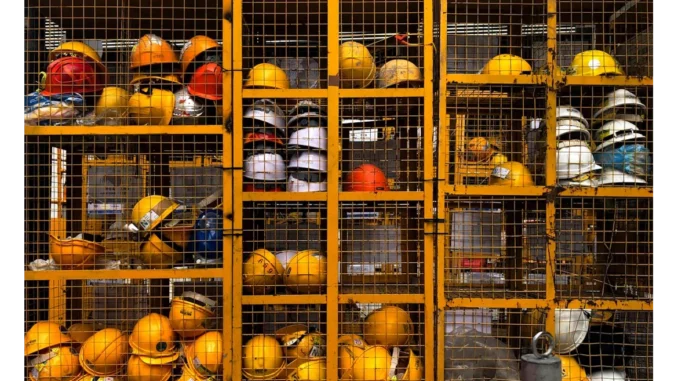
Interviewing someone who works closely with the new Building Safety Fund (BSF) guidance is always an enlightening experience. I recently had the opportunity to sit down with Elizabeth Turner, a senior building safety consultant with over 15 years of experience in the industry, to discuss the updated guidance published by the UK Government’s Department for Levelling Up, Housing and Communities (DLUHC). Elizabeth’s insights offer a clear and comprehensive understanding of how these changes will impact the sector.
Focus360 Energy: property compliance services – pre-planning to post-construction. Learn more.
As we began our conversation, Elizabeth’s passion for building safety was immediately evident. “The newly published guidance for the Building Safety Fund is a significant step forward in addressing life safety fire risks,” she started. “It’s crucial for everyone involved in the construction and maintenance of buildings to understand the implications of these updates.”
According to Elizabeth, the primary goal of the BSF is to provide funding to rectify life safety fire risks in high-rise residential buildings. This covers the removal of unsafe cladding, installation of fire alarm systems, and other essential safety measures. “The focus is on ensuring that residents feel safe in their homes,” she explained. “It’s not just about compliance; it’s about creating a culture of safety.”
Elizabeth highlighted that one of the most notable changes in the new guidance is the streamlined application process. “Previously, the application process was quite cumbersome, which was a significant barrier for many building owners and managers,” she said. “The new guidance simplifies this process, making it more accessible and less time-consuming.”
As someone who has guided numerous clients through the BSF application process, Elizabeth appreciates the emphasis on clarity and support. “The DLUHC has provided detailed instructions and a comprehensive checklist, which are incredibly useful,” she noted. “It reduces the ambiguity and helps applicants understand exactly what’s required.”
One of the critical aspects of the new guidance is the expanded eligibility criteria. Elizabeth elaborated, “Initially, the fund was primarily focused on buildings over 18 metres. However, the updated guidance now includes buildings between 11 and 18 metres, provided they meet specific risk criteria. This is a welcome change as it recognises that fire safety risks are not confined to the tallest buildings.”
Elizabeth also pointed out the increased focus on collaboration and communication. “The new guidance encourages building owners to engage with residents and keep them informed throughout the remediation process,” she said. “This transparency is vital for maintaining trust and ensuring that residents are aware of the steps being taken to ensure their safety.”
When asked about the challenges that still lie ahead, Elizabeth was candid. “Funding is always a significant concern. While the BSF provides substantial financial support, there are still many buildings that require attention, and the costs can be enormous,” she explained. “Additionally, the availability of skilled professionals to carry out the necessary work is another issue. The demand for fire safety experts and contractors has surged, and there is a risk of delays due to this shortage.”
Elizabeth emphasised the importance of a proactive approach to building safety. “While the BSF is a fantastic initiative, it should not be seen as a one-time fix. Continuous maintenance, regular safety checks, and ongoing training for building management staff are essential to ensure long-term safety,” she advised.
As our discussion drew to a close, Elizabeth offered some practical advice for those affected by the new guidance. “Firstly, I would recommend thoroughly reviewing the updated guidance and understanding how it applies to your specific situation,” she said. “Engage with experts early on, whether it’s fire safety consultants, legal advisors, or project managers. Their expertise can be invaluable in navigating the complexities of the application process and ensuring compliance.”
Elizabeth’s final thoughts encapsulated the essence of the new BSF guidance. “Ultimately, this is about protecting lives and creating safe environments for people to live in. The updated guidance is a positive step in that direction, but it’s up to all of us in the industry to take it seriously and implement it effectively.”
Interviewing Elizabeth Turner provided a wealth of information and a clear perspective on the new Building Safety Fund guidance. Her experience and insights underscore the importance of understanding and implementing these changes to enhance fire safety in residential buildings.
By Kenneth George


Be the first to comment